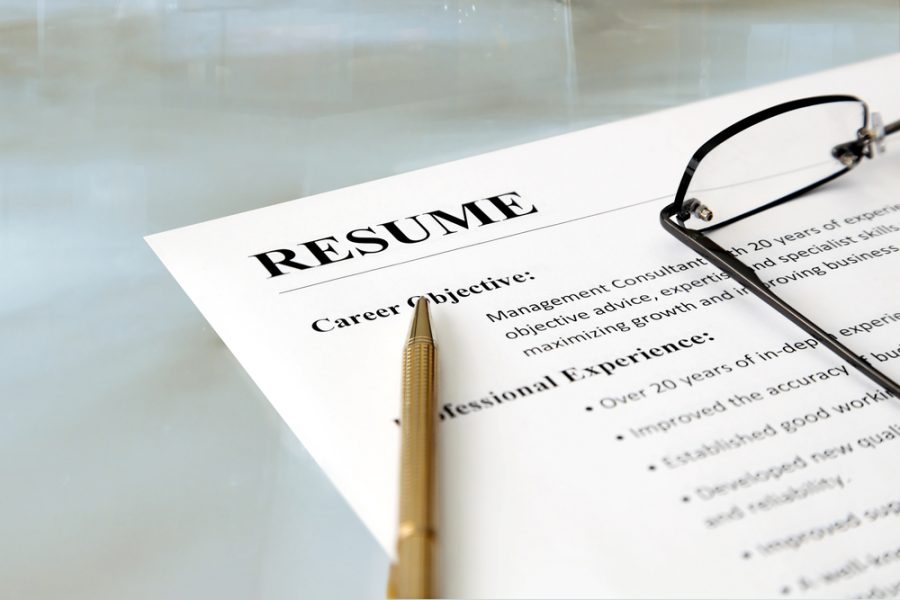How To Write A Resume?
It is important to have a good professional resume. But not everyone can write one. Therefore, you can take advantage of help with resume writing. In this article, we will look at the aspects that will allow you to write a really impressive resume.
What is a resume?
A resume is a life description of a person’s professional life from their education to their current job. In Latin, the term Curriculum Vitae (CV) is often used, which literally translates to the course of life.
A CV is the most convenient way to present your professional qualities on paper. It is a marketing document, in which the object of sale is yourself! You sell your skills, your time and your experience to the employer for the amount of monthly compensation that suits you. For this reason, some large employers do not accept resumes from job seekers, but instead use their own job application form.
With this no-nonsense technique, they try to find out as much information about you as possible while not allowing you to hide your weaknesses and embellish your strengths, as a properly crafted resume does. However, the vast majority of employers do use it to select a candidate, so in this article we will talk about how to write a resume.
There is no “one right way” to write a resume. It’s your document, and you can write it any way you want. It can be on paper or online or even on your t-shirt (that would probably work for a job where “creative” is important). Nevertheless, there is a certain ethic of communication between employer and job seeker that should be adhered to.
Recruiters often look at resumes after hours. They may have a stack of several dozen resumes from which they need to select a few for the interview. If your resume is poorly structured, contains unnecessary information, is a single block of text without indents and paragraphs, then it is difficult to read, which means it is likely to go in the trash. To increase the chances of your resume being selected, you should chew up your resume like food for a child. The text should be broken up into short paragraphs, contain bulleted lists and have a clear logical flowchart that holds only the information that is interesting and relevant to this recruiter.
Some employers may take as little as 45 seconds to review a resume before deciding “not a good fit,” “maybe,” or “that’s interesting.”










